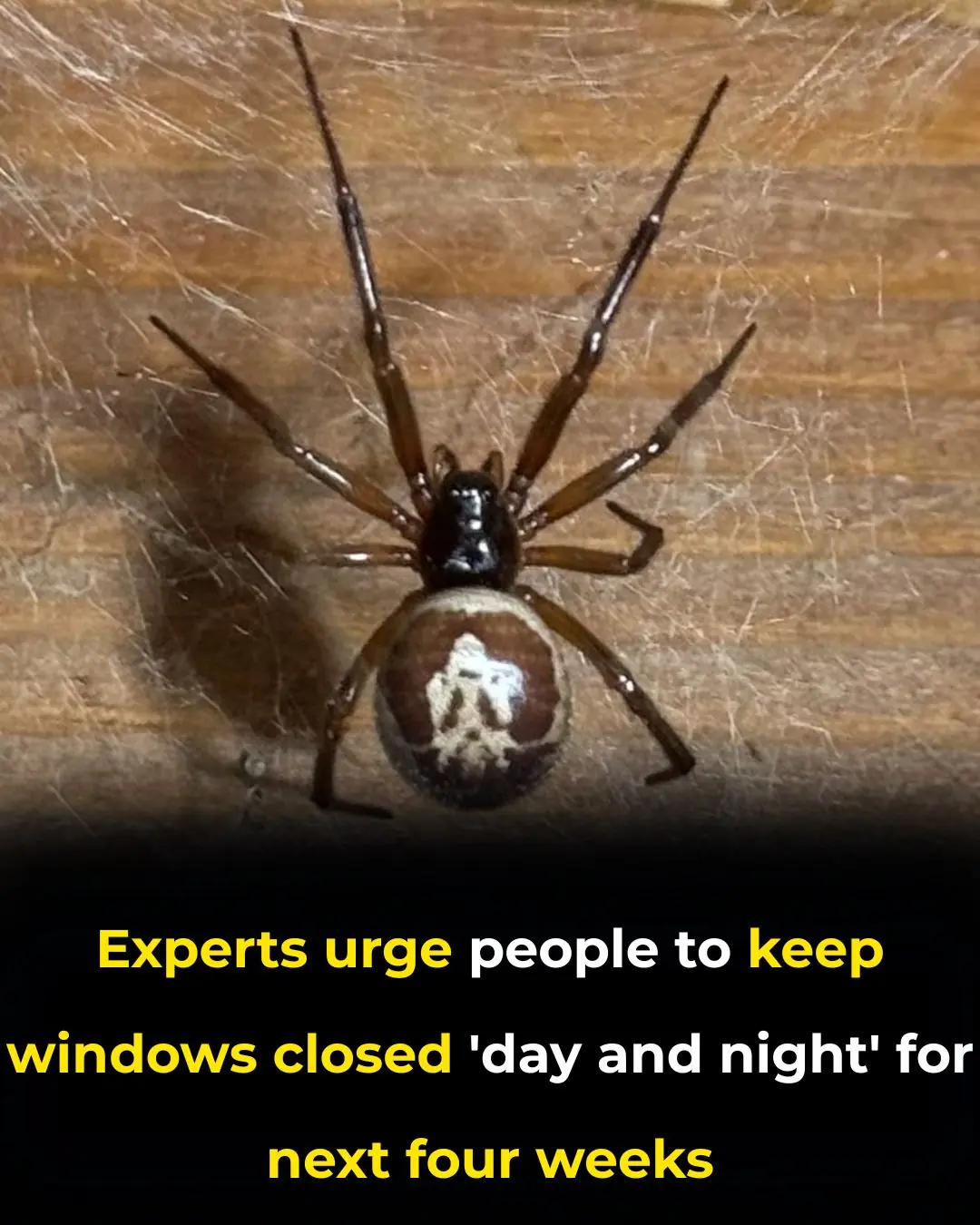
If You Find This Snake in Your Yard, Don’t Harm It — Here’s Why
Finding a snake in your yard can be startling, but not all snakes are dangerous—and some are incredibly beneficial. One such example is the Brahminy Blind Snake (Indotyphlops braminus), a harmless, tiny reptile often mistaken for an earthworm. Instead of panicking or calling pest control, it’s worth understanding the crucial ecological role this snake plays. Experts from the National Geographic Society and the Smithsonian Institution emphasize that small, non-venomous snakes like this one help maintain environmental balance by managing pest populations and improving soil health (National Geographic, 2024; Smithsonian, 2023).
1. Understanding the Brahminy Blind Snake
Native to Southeast Asia, the Brahminy Blind Snake has now spread across tropical and subtropical regions worldwide, including the U.S. and parts of Africa. Its global success is due to parthenogenesis—the ability of females to reproduce without males, allowing rapid population growth even from a single individual (Scientific American, 2023).
Measuring only 2–6 inches long, this species is among the smallest snakes on Earth. Its cylindrical, smooth, dark-brown body looks almost identical to an earthworm’s. Although called “blind,” it actually has vestigial eyes hidden beneath translucent scales, capable of detecting light and shadow.
2. Key Identifying Features
To identify a Brahminy Blind Snake, look for a shiny, uniform body with no clear separation between the head and neck. Its blunt tail and tiny, indistinct eyes make both ends appear similar at first glance. Unlike earthworms, these snakes move with a true serpentine motion and possess scales. According to the Florida Museum of Natural History, their glossy texture and uniform thickness make them easy to distinguish once you know what to look for (Florida Museum, 2024).
3. Ecological Role: Nature’s Pest Controller
The Brahminy Blind Snake’s diet primarily consists of ants, termites, and their larvae, making it a powerful natural form of pest control. Studies from the Journal of Tropical Ecology confirm that these snakes significantly reduce subterranean pest populations, especially in gardens and compost-rich soil (JTE, 2022).
By burrowing, they also aerate the soil, improving drainage and root oxygenation. Gardeners who spot them should consider their presence a positive sign of healthy soil biodiversity—an indicator that the local ecosystem is thriving.
4. Harmless to Humans and Pets
Despite their unsettling appearance, Brahminy Blind Snakes pose zero danger to humans or pets. They are non-venomous, cannot bite, and prefer to flee rather than defend themselves. Their small jaws are adapted only for consuming soft-bodied insects, not for aggression. The U.S. Geological Survey describes them as “entirely harmless and shy,” often disappearing underground at the slightest vibration (USGS, 2023).
5. The Benefits of Having Them Around
If you find one in your garden, count yourself lucky. These snakes help:
-
Control ant and termite infestations naturally.
-
Reduce the need for chemical pesticides.
-
Improve soil aeration and moisture retention.
-
Support overall biodiversity by creating healthier ecosystems.
According to BBC Earth, the presence of small snakes and soil dwellers like these is a sign that your yard’s ecosystem is in good balance (BBC Earth, 2024).
6. Clearing Up Common Misconceptions
A widespread myth claims these snakes are invasive or harmful, but that’s not the case. Although introduced to many regions, they integrate smoothly into existing ecosystems without displacing native species. Ecologists consider them non-invasive, since they occupy a unique microhabitat that doesn’t compete with native fauna (National Wildlife Federation, 2024).
They also don’t damage gardens, bite humans, or attract other snakes—another frequent misconception among homeowners.
7. How to Safely Relocate One
If you find a Brahminy Blind Snake somewhere unsafe—like a sidewalk, garage, or driveway—use a small container or paper sheet to gently move it to a shaded, damp area such as a compost heap or flower bed. Avoid touching it with your bare hands to minimize stress on the animal, and always wash up afterward.
8. Encouraging or Deterring Their Presence
If you’re comfortable having them around, keep soil moist and rich in organic matter. If not, simply reduce soil moisture, clean up leaf litter, and control ant nests—they’ll naturally move to more suitable habitats. No harmful repellents are necessary.
9. Legal and Ethical Considerations
In most regions, Brahminy Blind Snakes are not protected, but wildlife authorities recommend leaving them undisturbed. Killing or removing non-threatening species can disrupt local ecological balance. Always check regional wildlife regulations before taking any action.
10. Spreading Awareness and Education
Teaching children and neighbors about the Brahminy Blind Snake’s harmless nature helps reduce unnecessary fear. Community groups and schools can organize nature talks or backyard ecology workshops to promote understanding of small reptiles and their roles in sustainability. As National Geographic Kids puts it, “Even the tiniest creatures have a big job in keeping nature in balance” (NatGeo Kids, 2024).
Learn More
To dive deeper, explore trusted sources like the Smithsonian National Zoo, Florida Museum of Natural History, or the National Wildlife Federation’s reptile resources. These organizations provide comprehensive guides on native and introduced snake species, helping you recognize and appreciate these fascinating, misunderstood creatures.
By choosing to respect rather than react, you help nurture the biodiversity that keeps your yard—and the planet—alive.
News in the same category


EXCLUSIVE: Kerry Katona 'upset' over 'selfish' Katie Price as cracks show in friendship

Big Brother fans fume ‘she can't get away with this’ as they slam housemate
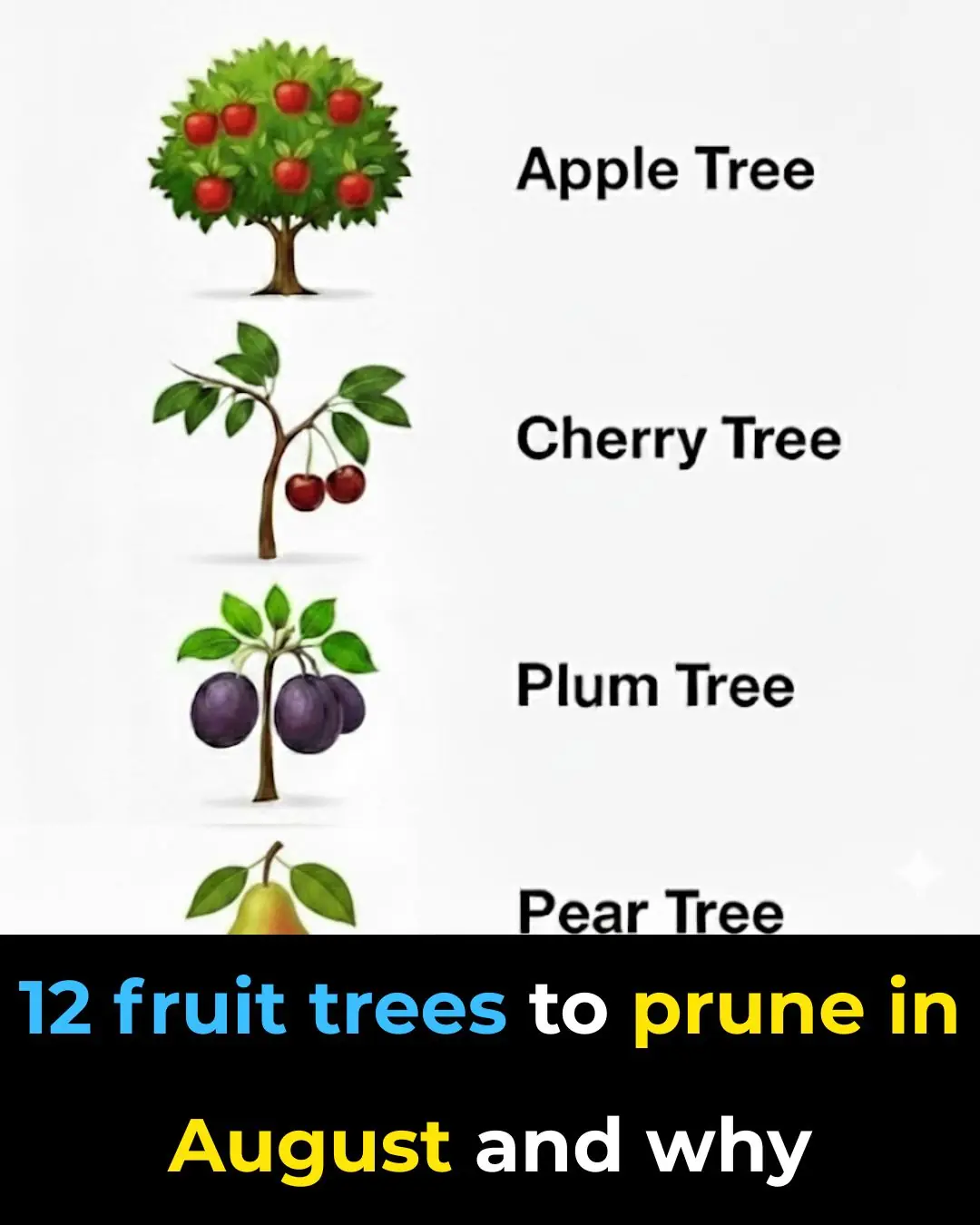
12 Fruit Trees You Must Prune in August — and the Science Behind It

Ooops, Guess I’ve Been Doing This Wrong: Why You Should Rethink Using Saucers Under Planters
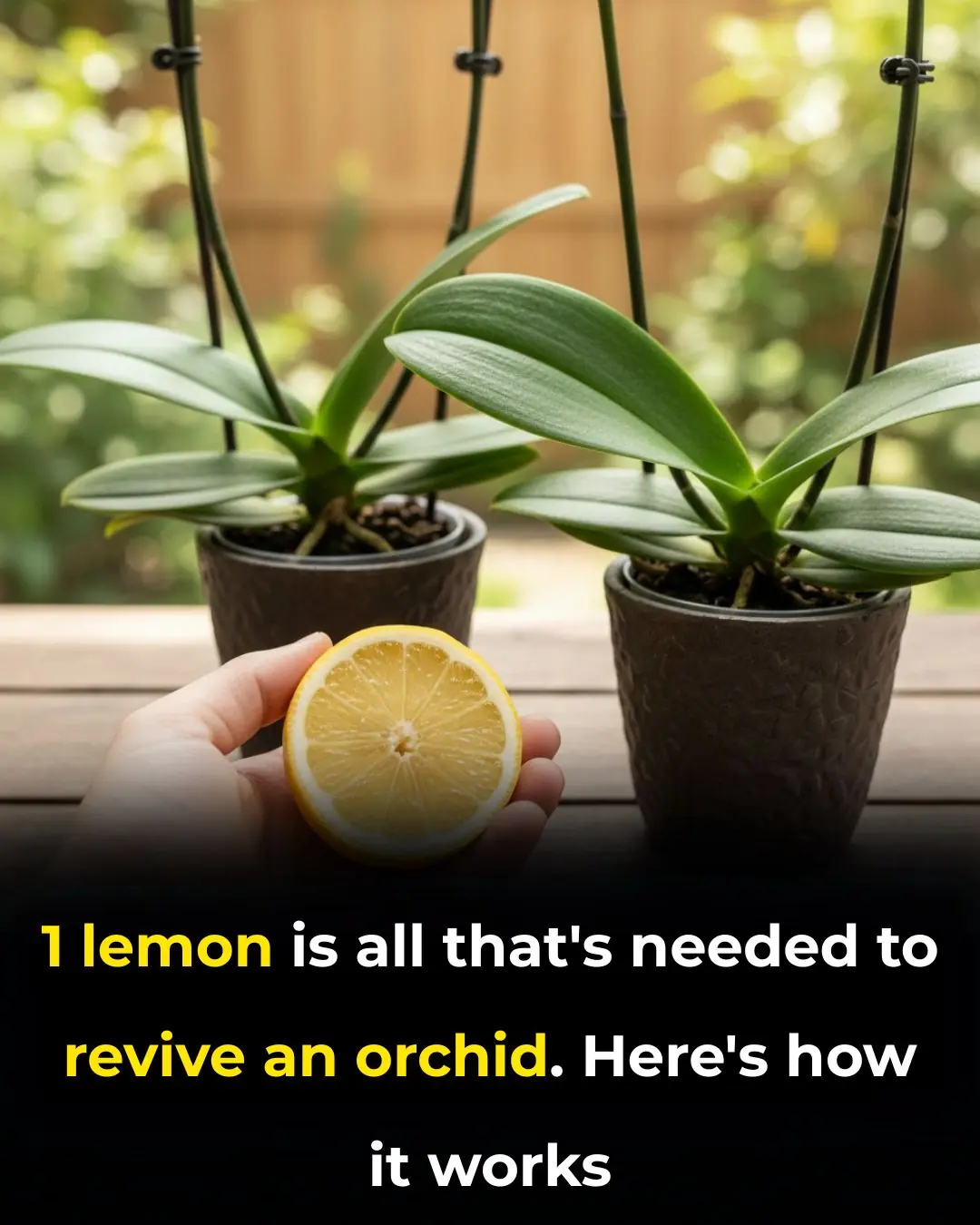
1 Lemon Is All You Need to Revive an Orchid: Here’s How It Works

4 Good Reasons Everyone Should Read Ralph Ellison’s ‘Invisible Man’ At Least Once

Don’t Yank This from the Cracks: Why Dandelions Deserve a Second Look

Soap Water: A Gardener’s Secret Weapon for Natural Pest Control

20 Plants That Thrive in Cheap 5-Gallon Buckets

Strictly star Vicky Pattison left in tears after Motsi Mabuse’s comment

Strictly Come Dancing fans ‘gutted’ as Halloween Week results leak and fan favourite heads home

Ex-SNL star Leslie Jones reveals tense encounter with ‘a–hole’ director at ‘SNL 50’ party: ‘Get your f–king hand off me’

How Sydney Sweeney reacted to jokes about her chest at Matt Rife comedy show — alongside Scooter Braun

Complaints pour in over treatment of Strictly’s longest-serving judge Craig Revel Horwood

Meet Mary J. Wilson, The First Black Senior Zookeeper At The Maryland Zoo

Meet the Black Woman Who Created a Nail Polish Line That Caters to Darker Skin Tones

Meet the Compton Teacher Who Sparked Kendrick Lamar’s Love for Words

Autumn Lockwood Is The First Black Woman To Coach In The Super Bowl
News Post

When making spring roll filling, remember 1 step carefully

Washing and conditioning hair with beer helps reduce hair loss and stimulates continuous hair growth

Soak your whole body with warm ginger water before going to bed.
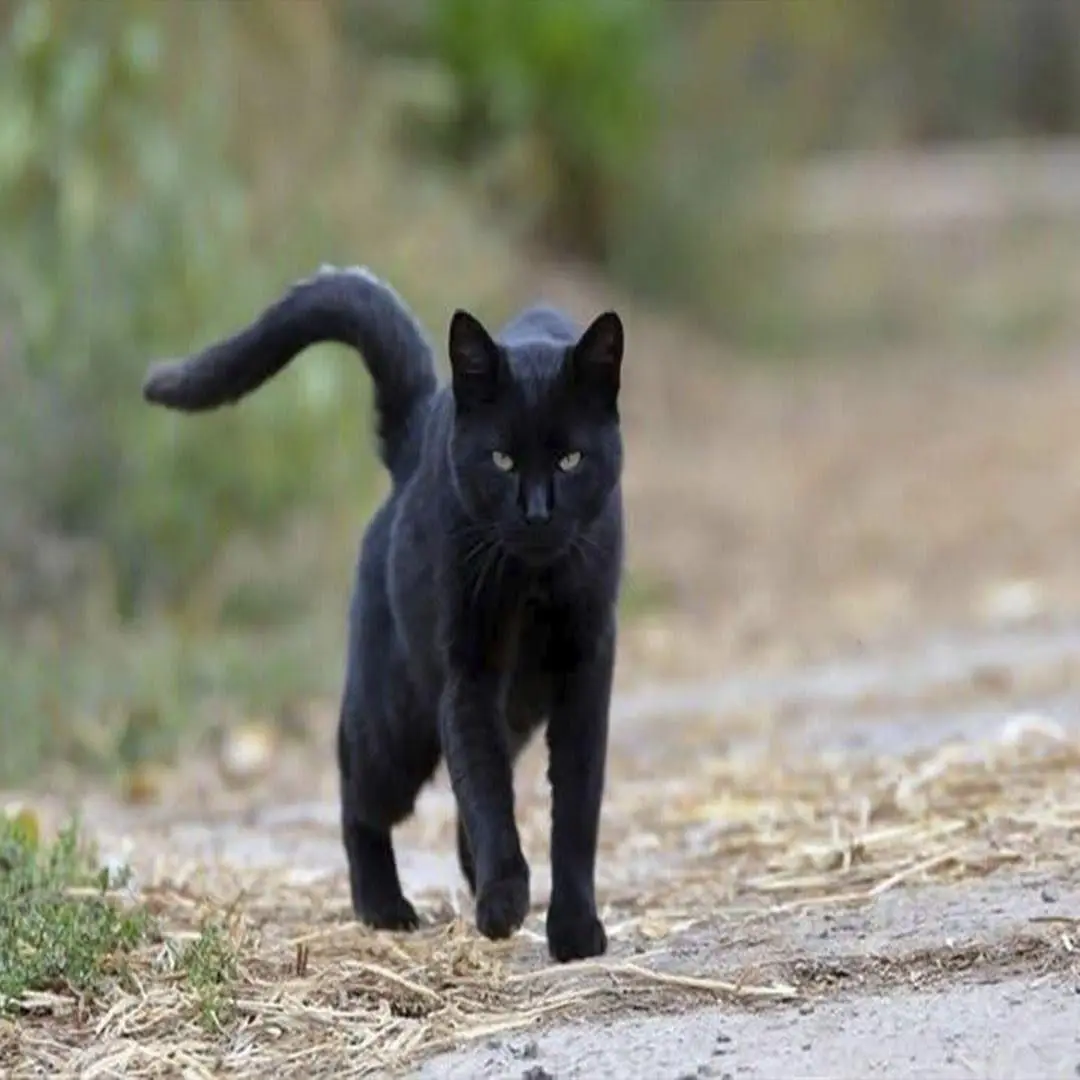
Discover the Meaning of a Black Cat Approaching You

Add ice cubes to the bone broth

11 Benefits of Dandelion Roots
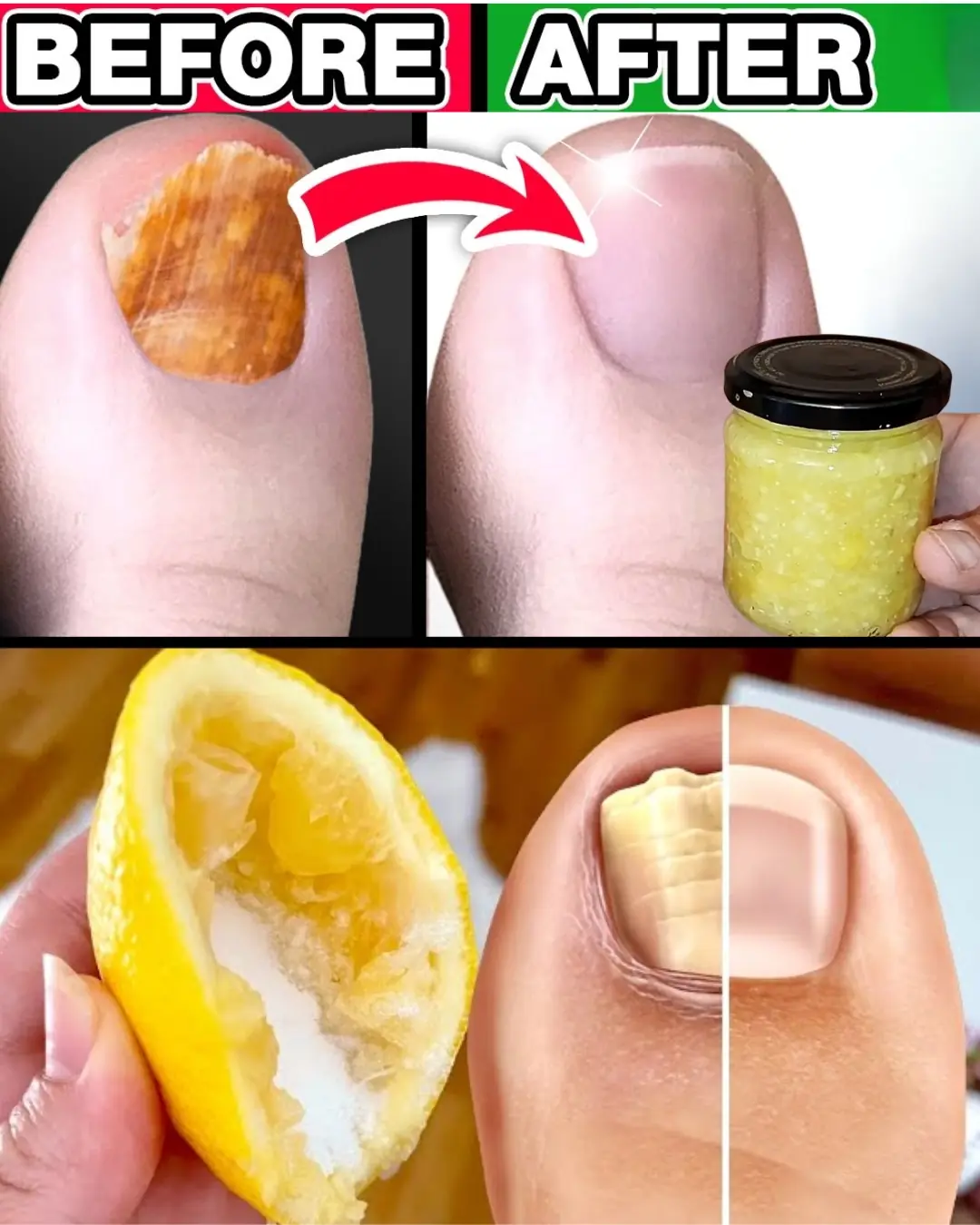
#1 Absolute Best Toenail Fungus Cure You Can Make at Home with Just 3 Ingredients

Banana Peel & Cornstarch: A Natural Skin Hack That Could Help You Look Younger

Homemade Remedies for Varicose Veins with Onion, Garlic, and Apple Cider Vinegar

Crema Casera con Vaselina que Rejuvenece la Piel al Instante

Top 5 Natural Remedies to Shrink Enlarged Pores and Achieve Smooth Skin

DIY Onion Sunflower Seed Oil: Get New Hair In Bald Patches

Homemade Carrot Oil for Glowing Skin: A Natural Solution for Dark Spots, Wrinkles & Anti-Aging

Glow Ice: Rice Water Cubes to Shrink Pores and Get Clear, Radiant Skin

The Body’s Intuition: Signs of an Impending End

When boiling sweet potatoes, don't just use water, add 1 spoon of this, every tuber will be soft and sweet

Stir-fried beef is tough: Add these 3 steps, the meat will be softer, sweeter, and tastier than in restaurants

The Shoes You Pick Reveal What Kind of Woman You Are

Dead Butt Syndrome Is Real
